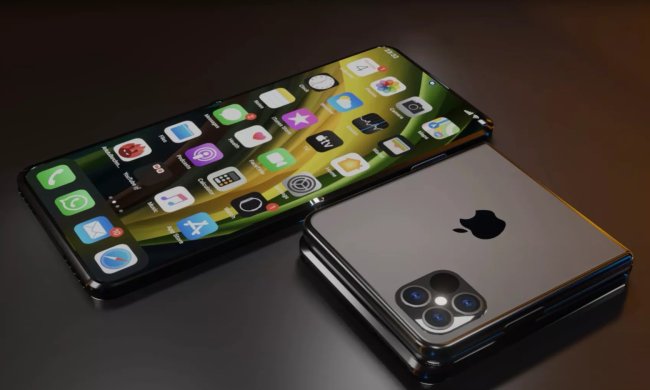The iPhone SE 4 has been a highly-anticipated handset for a while now, and we expect it to drop sometime next week. We just got another good look at it, courtesy of case manufacturer Spigen. The company uploaded images of its case to its website, along with an iPhone inside the case. The website says it’s an iPhone SE (3rd gen), but one look at the images shows that isn’t the case.
Of course, we already had a solid idea of what the iPhone SE 4 would look like. The renders don’t really come with any surprises; in many ways, the iPhone SE 4 looks like the iPhone 14, complete with the notch at the top. The case renders also show a single camera on the rear of the phone. One interesting change is the Alert Slider — the button on the side of your iPhone that enables/disables vibration — seems to have been replaced with an Action Button instead.
The renders provide even more confirmation that the iPhone SE 4 will come with a 6.1-inch display. This handset promises to pack a lot more power into its small frame than its predecessors did, making it a budget phone with non-budget power.
Apple isn’t holding an event next week, but insider Mark Gurman has suggested it could release on February 12 or 13, and February 18 at the latest. Rather than an event, Gurman says interested fans should look for a press release and a video on Apple’s YouTube channel. It goes without saying that you can also find any news related to the iPhone SE 4’s launch here at Digital Trends.
There’s still no official word yet on pricing, but those in the know say the iPhone SE 4 could be a bit more expensive than the current model, coming in closer to $499 than $429.









